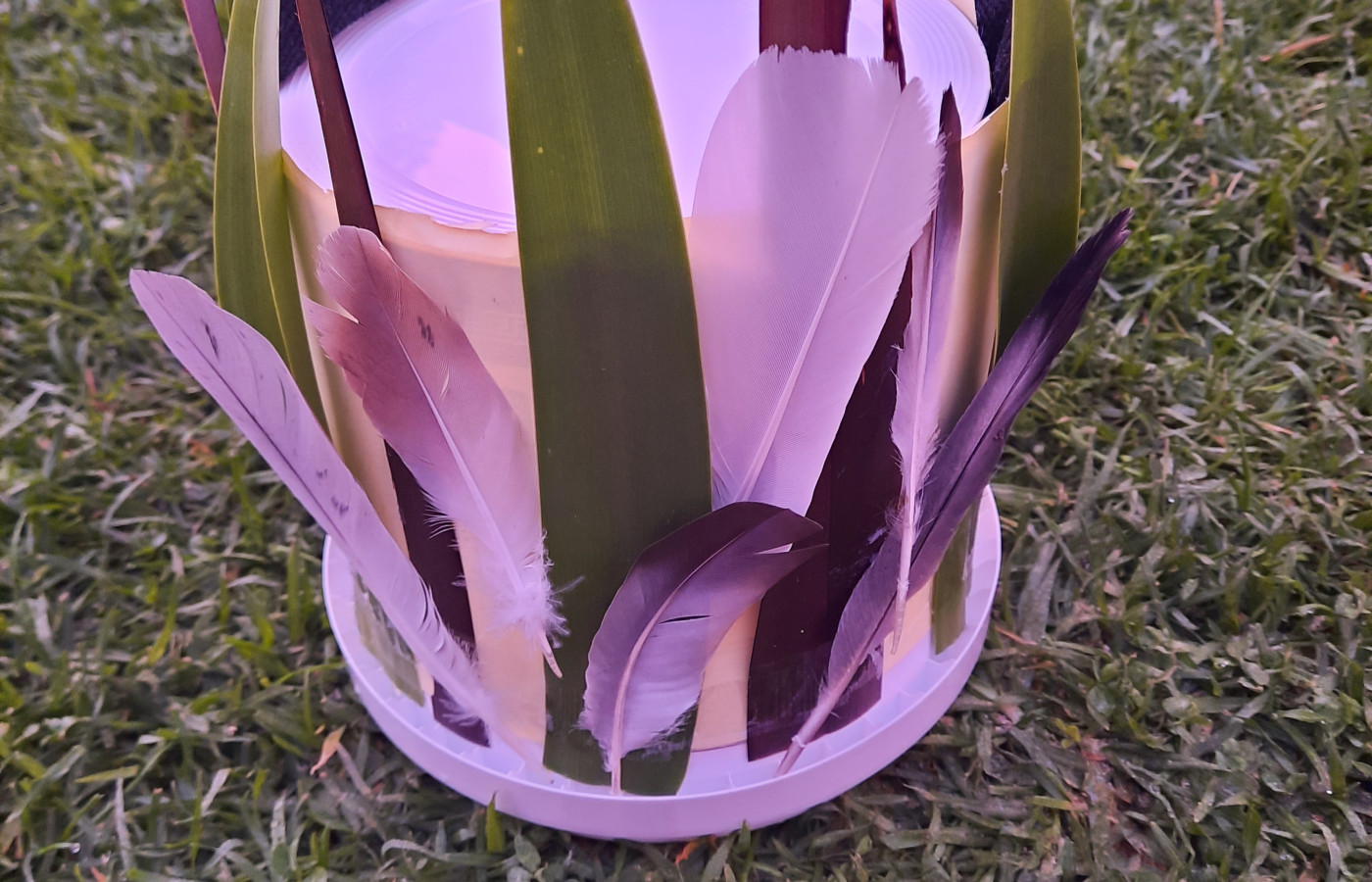Drumming to the beat!

Drumming to the beat!
Make a drum to use to play music
Materials Required
- Empty bucket or food container - baby food tin or Milo tin work well
- Paper
- Craft materials - paints, pencils, crayons
- Things to stick on - try pompoms, feathers, leaves, bark
- Glue
- Scissors
Ribbon or rope
Play experience profile
-
Ages:
-
Min Playtime30 - 45 Minutes
-
Skills
-
Energy LevelActive play
-
Messiness Rating
-
EYLF Outcomes
Play Experience Preparation
Gather all the materials - Ensure container is clean and edges are not sharp.Experience Steps
- Cover the container in paper.
- Decorate however you like with your child.
- Make a hole in each side of the container and thread the ribbon through the holes.
- Tie ends together to make a strap to make it easier for your child to move and play the drum.
- Use sticks to beat on the drum and make music.

What to talk about, or questions to ask during the experience
- Rhythm
- Beat
- Tempo: Play fast/slow
- Singing songs to the beat
Build on this...
- Play 'Follow the Leader' and use your drums to keep rhythm.
- Sing a simple song to beat in time to, like Twinkle Twinkle Little Star.
- Make a drumming band with your family members and march around your space!
- Create other percussion instruments with objects you have in the home.
WHO guidelines for physical activity and sedentary behaviour
Provide evidence-based public health recommendations for children, adolescents and adults on physical activity.
Learn more
Provide evidence-based public health recommendations for children, adolescents and adults on physical activity. Learn more
Walking, dancing and moving to the beat are all ways this experience engages children in physical activity.
EYLF Outcomes
The Early Years Learning Framework has been designed for use by early childhood educators working in partnership with families, children’s first and most influential educators.
View PDF
The Early Years Learning Framework has been designed for use by early childhood educators working in partnership with families, children’s first and most influential educators. View PDF
- Children develop knowledgeable and confident self identities
- Children respond to diversity with respect
- Children resource their own learning through connecting with people, place, technologies and natural and processed materials
EYLF Principle
Principle 5: Ongoing learning and reflective practice. Critical reflection involves closely examining all aspects of events and experiences from different perspectives.
EYLF Practice
Practice: Holistic approaches. They recognise the connections between children, families and communities and the importance of reciprocal relationships and partnerships for learning. They see learning as a social activity and value collaborative learning and community participation. An integrated, holistic approach to teaching and learning also focuses on connections to the natural world.
Author:


